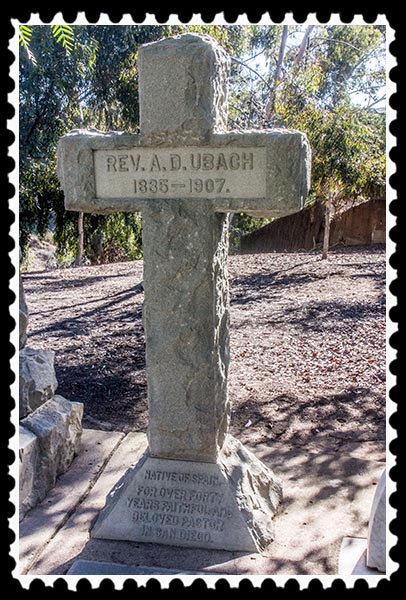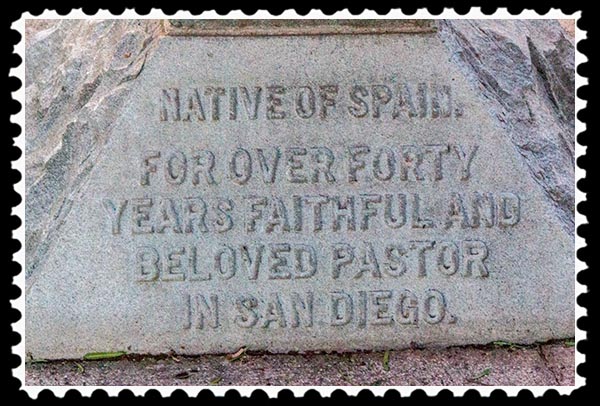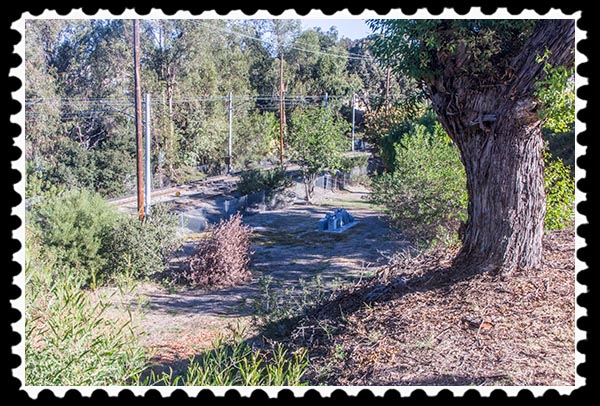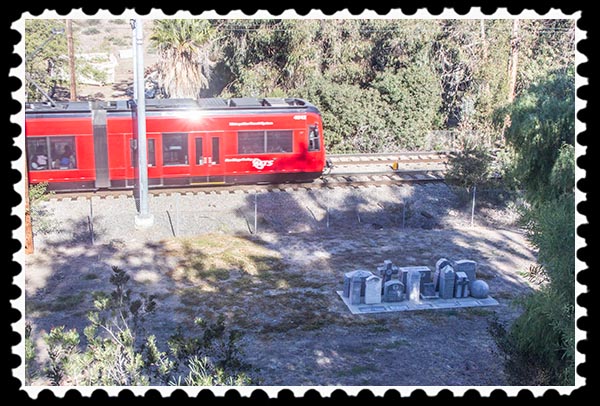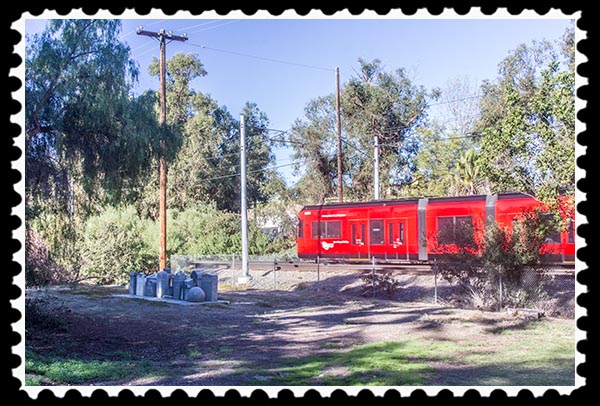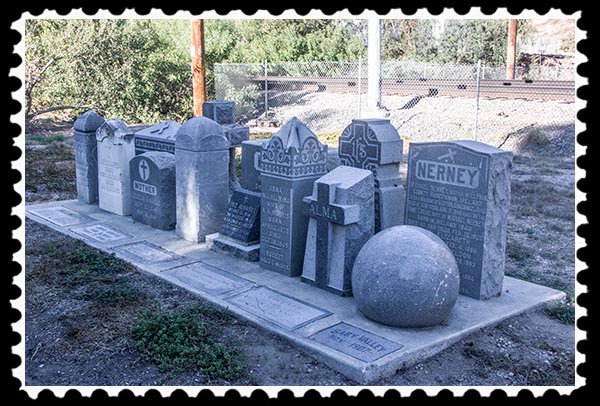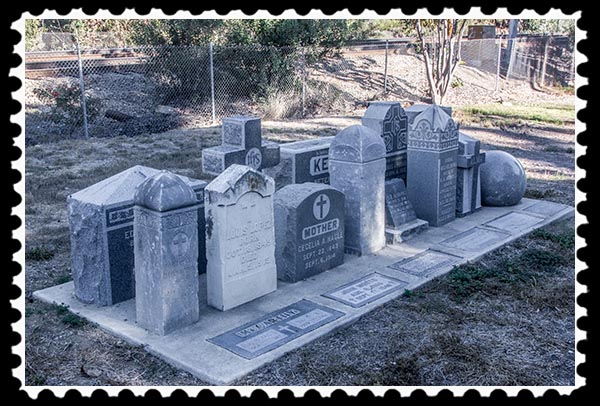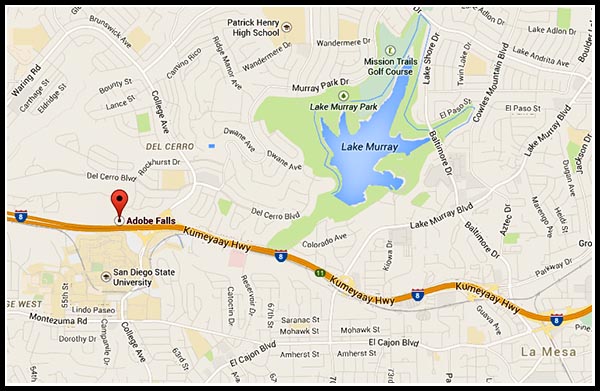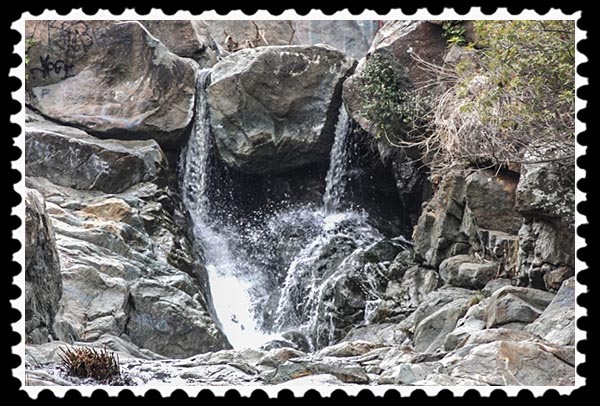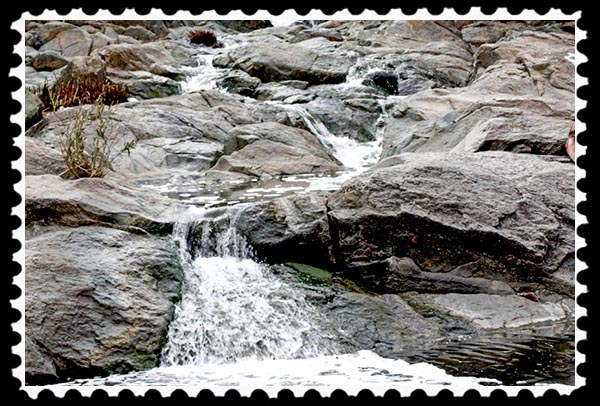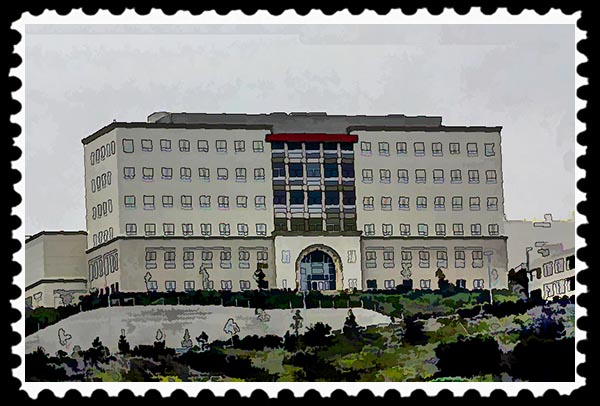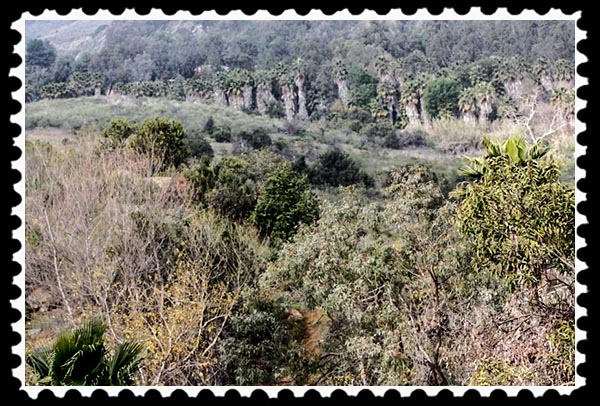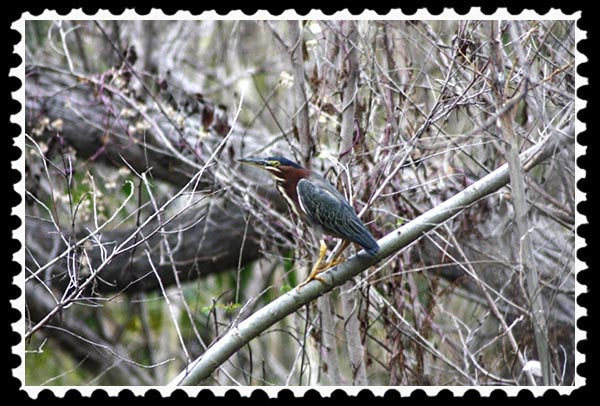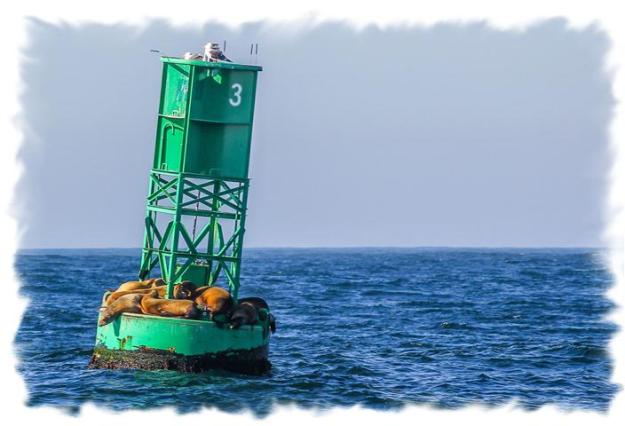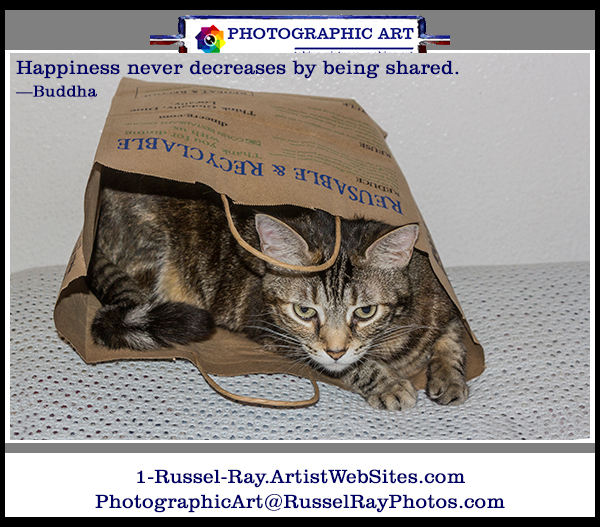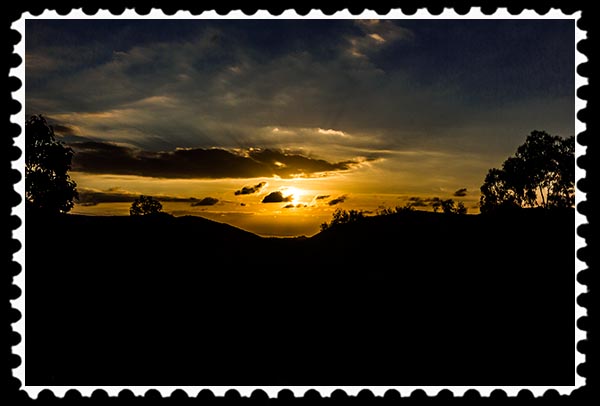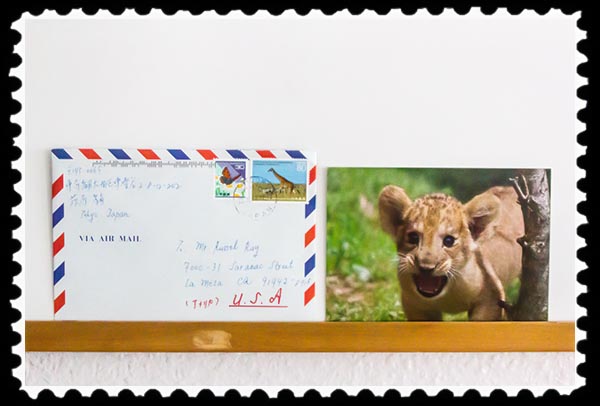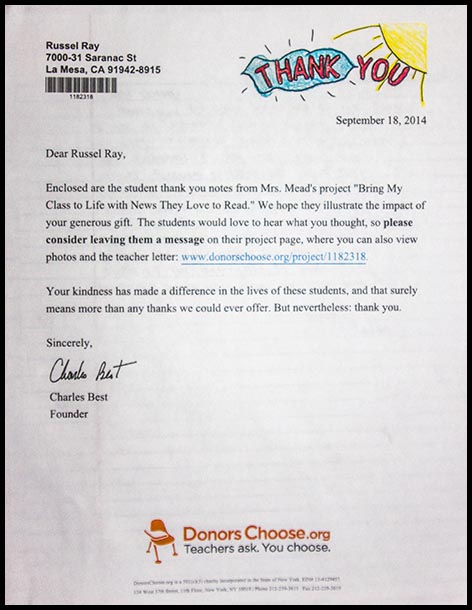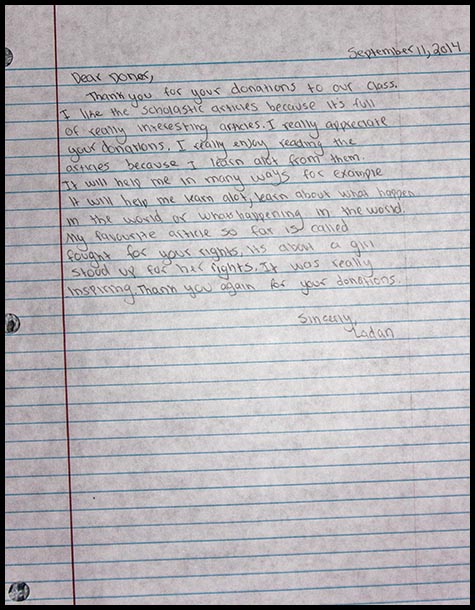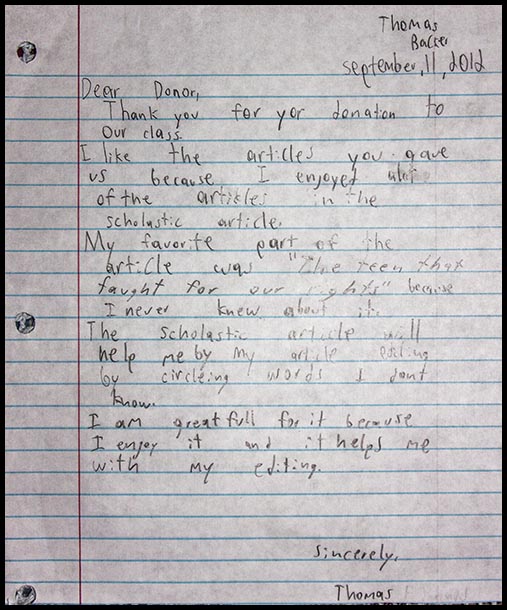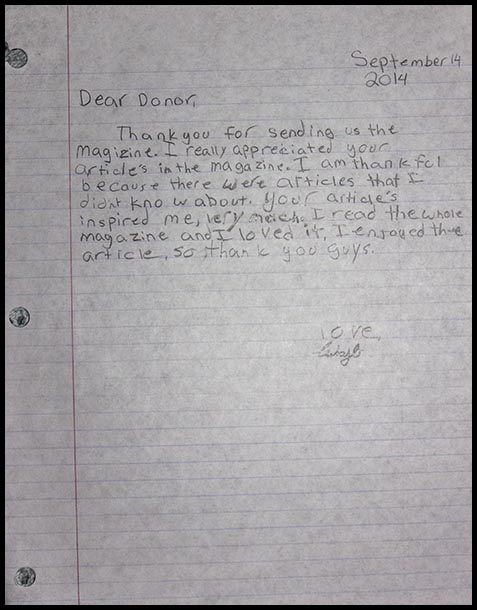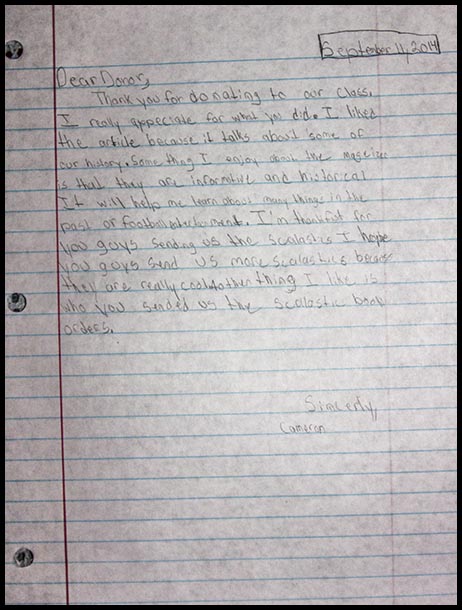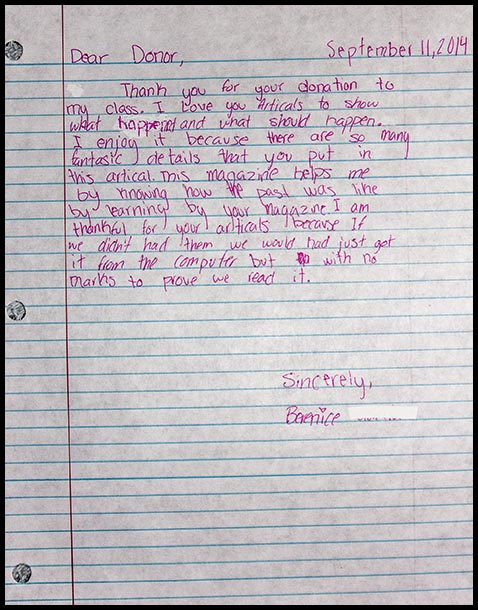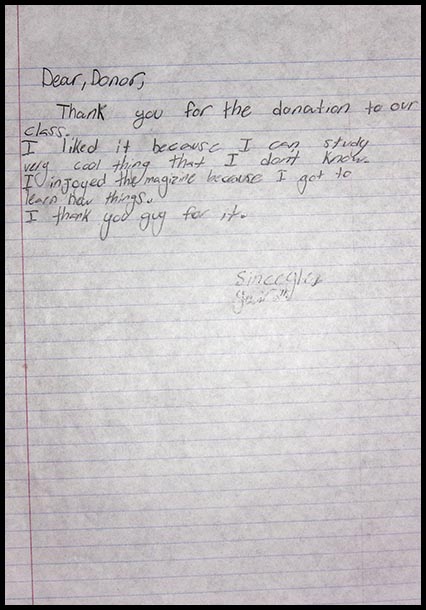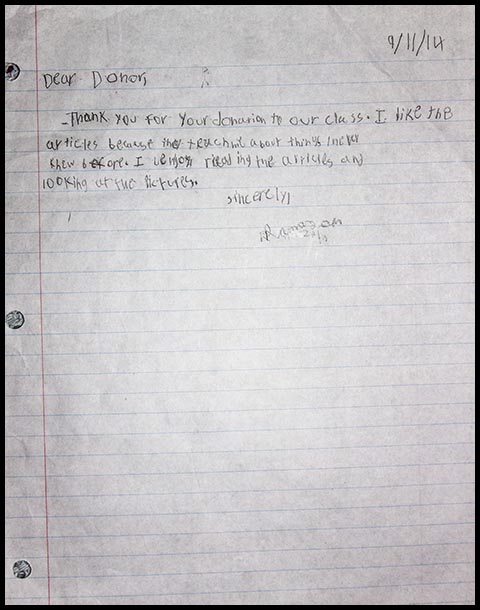
San Diego Historical Landmark #5 is site of the old Calvary Cemetery, now Calvary Memorial Pioneer Park. It was declared a historic site on February 29, 1969, by the The City of San Diego Historical Site Board. Interestingly, I could not find a calendar showing 1969 being a leap year so I don’t know what’s going on there.
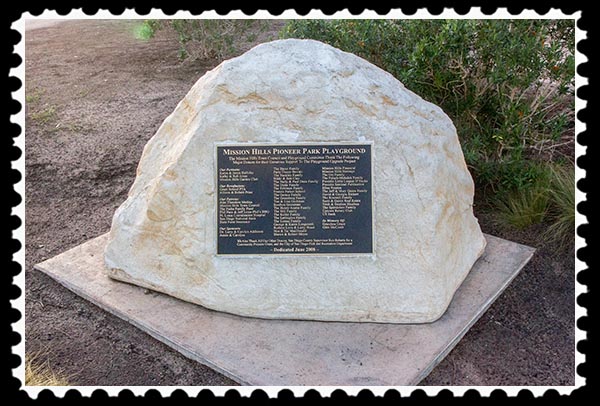
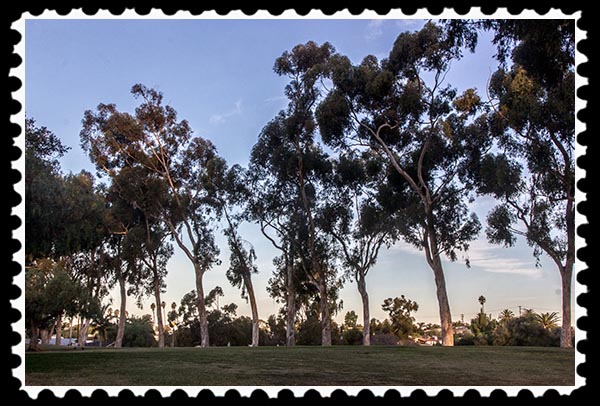
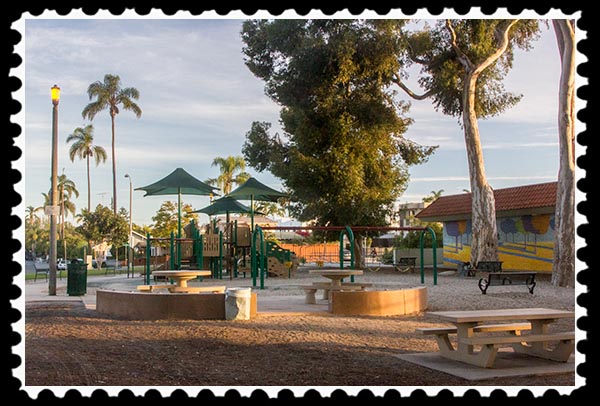
I have passed by Pioneer Park without knowing its name or history at least a few thousand times since moving to San Diego in April 1993. Across the street are the Mission Hills tennis courts where I played many a game of tennis in 1993-94. A block down the street used to be one of San Diego’s largest real estate offices, where I spent a great deal of time when I started my home inspection business in October 2001.
As one is driving by, though, one sees the playground and the tall trees. That’s it. For someone like me who really doesn’t like children, I never had an interest in checking out the park. Well, exploring San Diego’s Historical Landmarks, especially #5 here, has taught me a lesson: Let no park go unexplored.
San Diego doesn’t have a lot of cemeteries, probably because cremation is the preferred method of taking care of dead bodies. So when I came to Historical Landmark #5, I actually thought I already had pictures of it. When I went to prepare the pictures for this post, I realized that the pictures were of the El Campo Santo Cemetery, which is Historical Landmark #26.
I set out to find Calvary Cemetery, and one of my history books told me that it is located in Mission Hills, Randolph Street at Washington Place. I realized that I knew exactly where it was:
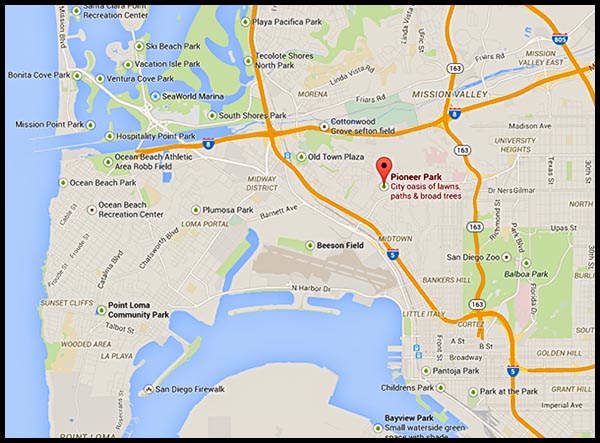
Mission Hills comprises many historical landmark homes, so we’ll be visiting the area a lot throughout my San Diego Historical Landmark series. The area is up on a mesa overlooking the ocean, Mission Valley, the airport, Old Town, and downtown San Diego. It is where California was founded in 1769; see the previous four posts in this series.
I parked at the far end of the park and was getting really discouraged as I walked around the park because there was no sign of tombstones anywhere. The park is hilly, though, and as I crested one of the final hills in the southeast corner, here is what greeted me:
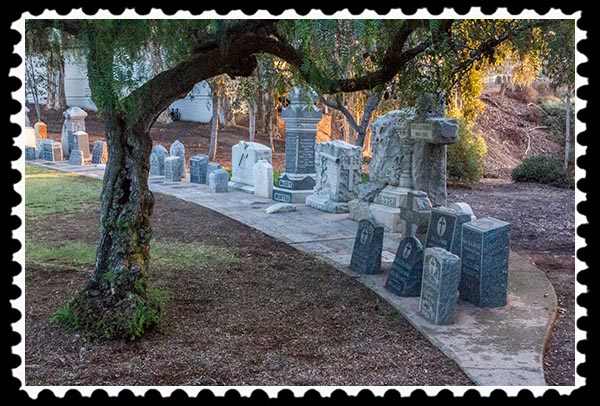
I can’t tell you how excited I was.
I walked around them from my hilly crest to get more pictures.
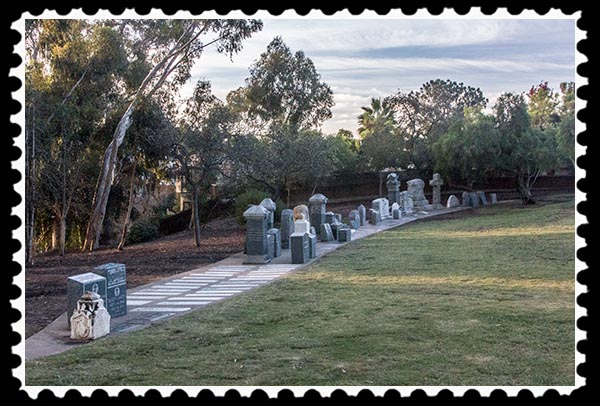
The land that currently is Calvary Memorial Pioneer Park was purchased by the City of San Diego in 1876 specifically to be used as a cemetery. Named Calvary Cemetery, one source says it was to be run by Catholic and Protestant churches. Other sources say that it was a Catholic cemetery run by Father Antonio Ubach.
One source says that it was “the new Catholic cemetery” to differentiate it from the older Catholic cemetery (now called “El Campo Santo Cemetery”; historical landmark #26) in Old Town. After burials began at Holy Cross Cemetery in 1919, Calvary Cemetery was referred to as “the old Catholic cemetery,” a name reflected in mortuary records and newspaper notices of the times.
Calvary Cemetery was used extensively from 1880 to 1919. The influenza pandemic of 1918-1919 (“Spanish Flu” or “La Grippe”) killed tens of millions of people worldwide, resulting in more people being buried at Calvary Cemetery in 1918 than in any other year.
The last burial was in 1960, but the cemetery had fallen into disrepair from 1919 to 1960, although the Works Progress Administration, a New Deal Agency of the Great Depression, renovated the cemetery in 1939 according to this Park monument:
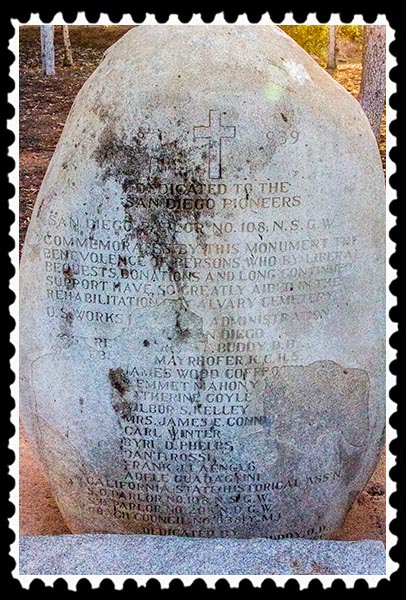

A city resolution converted the cemetery into Calvary Memorial Pioneer Park in 1970. Of the more than 600 gravestones and monuments that remained in the cemetery, 142 were preserved in the park with the others being relocated to Mount Hope Cemetery.
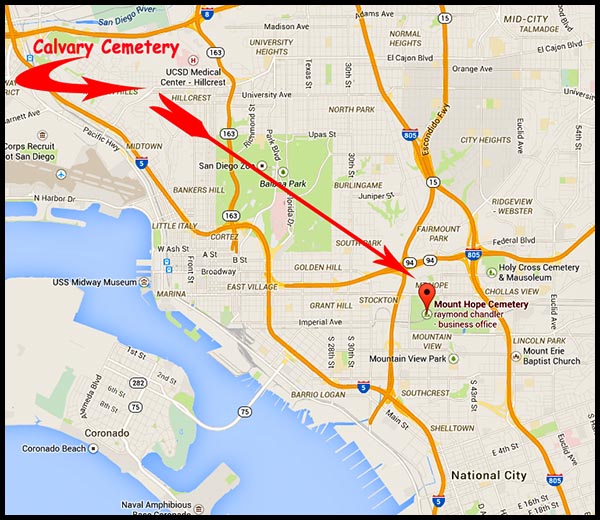
The intent was for Mount Hope Cemetery to be a temporary holding area until the gravestones could be returned to the new park. My history books say that “opposition prevented this,” but I don’t know who the opposition was.
A different online source (Calvary Cemetery, San Diego, CA) reports that “the removed and discarded gravestones were buried on the grounds of San Diego’s Mount Hope Cemetery. This action destroyed these historic monuments and the only existing record of hundreds of people who were born and died before birth and death certificates became standard.”
I do not think there are 142 gravestones remaining in the Park. I think 142 was the total number of gravestones that were saved, of which some are now in the Park, some at Mount Hope Cemetery, and apparently some even at other cemeteries throughout the area, according to the Calvary Cemetery, San Diego, CA source.
There is a large memorial in the southeast corner of the Park with about 2,000 names listed on its six plaques:
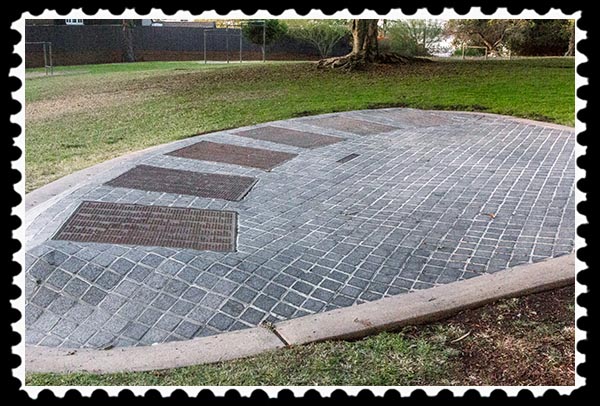
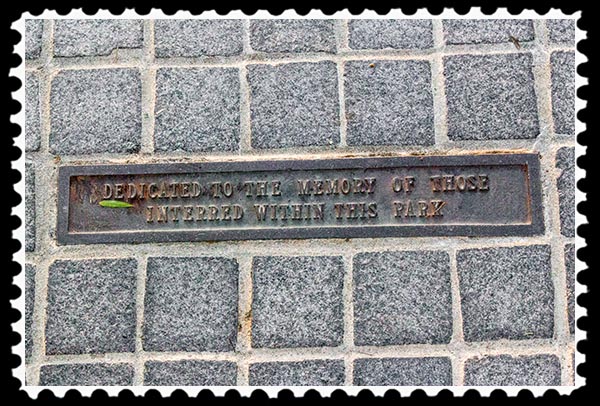
The Calvary Cemetery, San Diego, CA source states that over 4,000 people are documented as having been buried at Calvary Cemetery, and it has some pretty cool cemetery plot maps on its site.
Sadly, there are no dates of birth or death on the Park memorial, or any other identifying information. I didn’t want to transcribe all the names on the memorial plaques, thinking that somewhere in the world would be a list of all those who had been interred in Calvary Cemetery. The previously mentioned online source and the “Guide to the Calvary Cemetery Collection” available online at the San Diego History Center are the two best resources I could find.
With the pictures in the Collection, as well as other identifying information, I can now visit Mount Hope Cemetery to see what might remain of any gravestones that were relocated there.
The oldest date on the remaining gravestones in the Park was for Julian Ames, born in 1807:
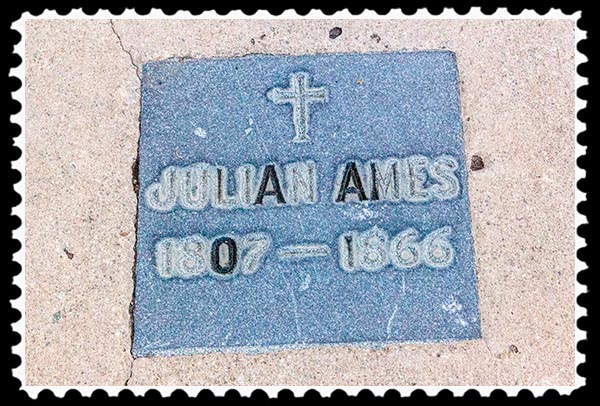
Interestingly, records indicate that the first burial at Calvary Cemetery was in 1875, so I can’t explain Julian’s gravestone. Maybe he was reinterred from elsewhere.
I found it quite interesting to read through the details on the gravestones. There were babies, military from throughout the country, religious leaders, regular people….
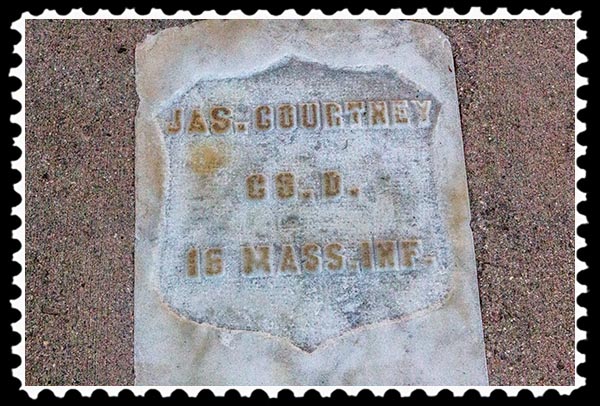
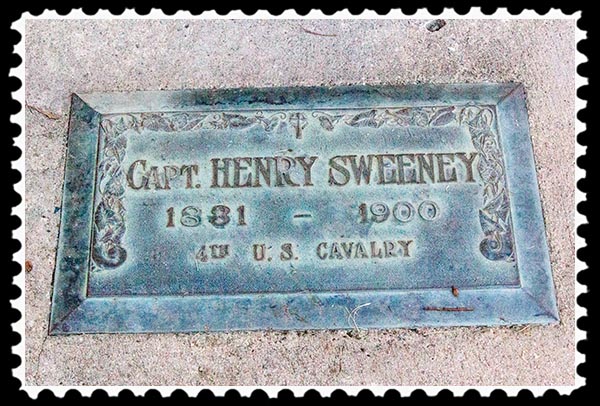
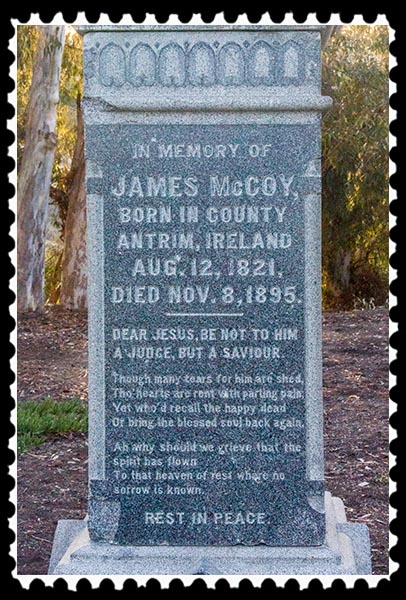
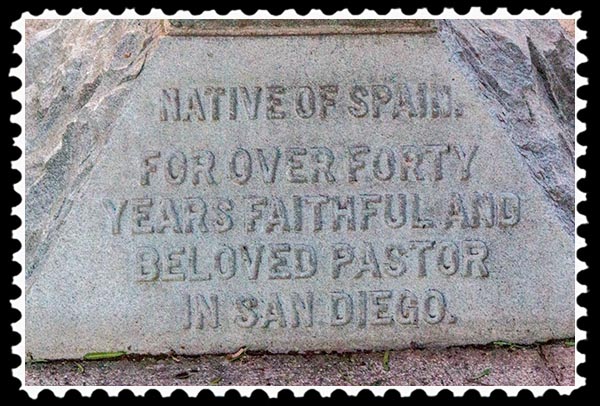
Lastly, here we have proof of reincarnation:
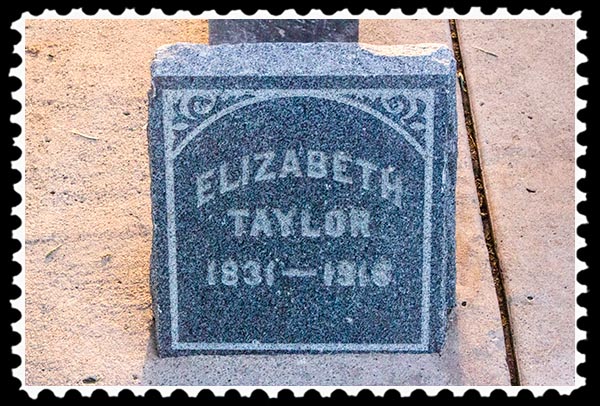
The last person to be buried at Calvary Cemetery was Rose Wilson Mallicoat, buried on March 16, 1960. In addition to being the last, she died on my birthday in 1960; I was five years old.
As I was walking around the park, I had mixed feelings knowing that I was walking on gravesites. I still had mixed feelings as I was researching this post even though I discovered that on June 5, 1957, California Governor Goodwin Knight approved Assembly Bill No. 2751 that amended the state Health and Safety Code (Section 8825-8829) to establish the procedure for allowing a city or county to declare a cemetery abandoned and convert it to a pioneer memorial park. So there we have it: Calvary Memorial Pioneer Park.
According to Calvary Cemetery, San Diego, CA, on February 9, 1988, “A bulldozer was used to bury many gravestones that had been taken from Calvary Cemetery in 1970. They were buried in an isolated area on the property of The City of San Diego’s Mount Hope Cemetery. As a memorial, a small group of the headstones (that had been taken from Calvary Cemetery in 1970) were set in concrete near the site of the buried gravestones at Mount Hope Cemetery.”
With that said, I’m on my way this morning to Mount Hope Cemetery to see if I can find the site of the buried gravestones and the group that might still be standing. Check in tomorrow for the conclusion to this post!

For the introductory blog post
to San Diego’s historical landmarks,
click on San Diego’s Historical Landmarks.
For previous posts in the
San Diego Historical Landmarks series,
go here.


Need a unique gift? Have Bare Wall Symdrome?
Visit Photographic Art by Russel Ray Photos at Fine Art America.
Christmas is just around the corner. Order today!














